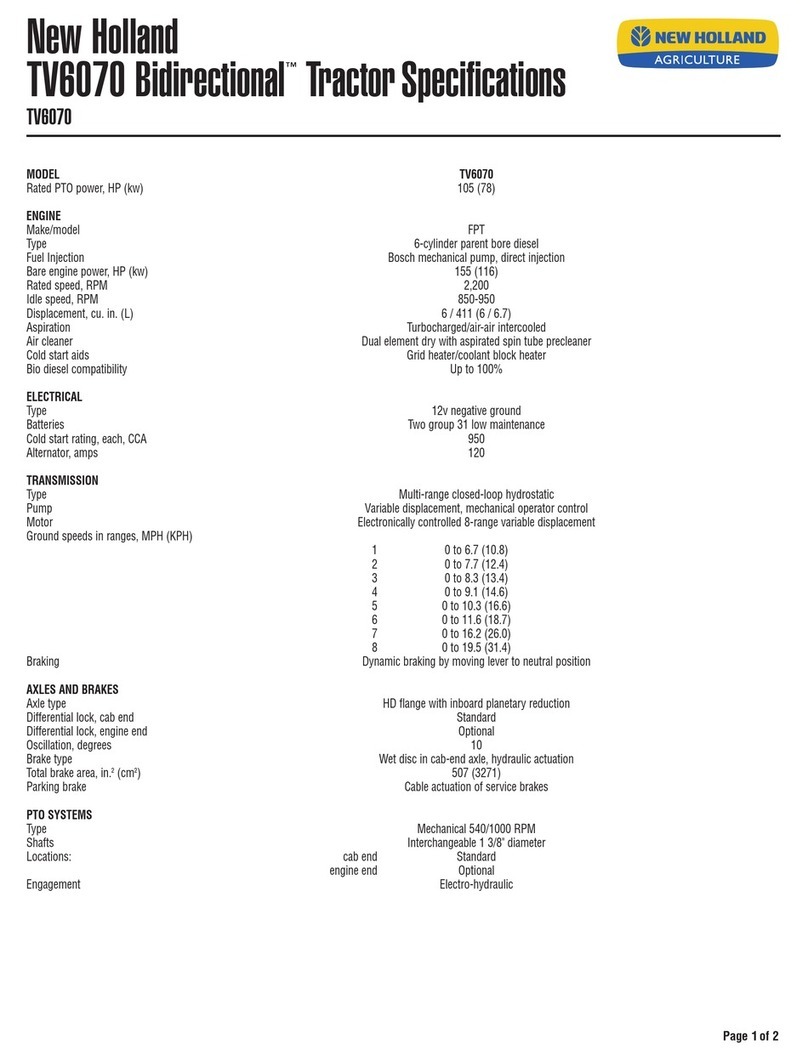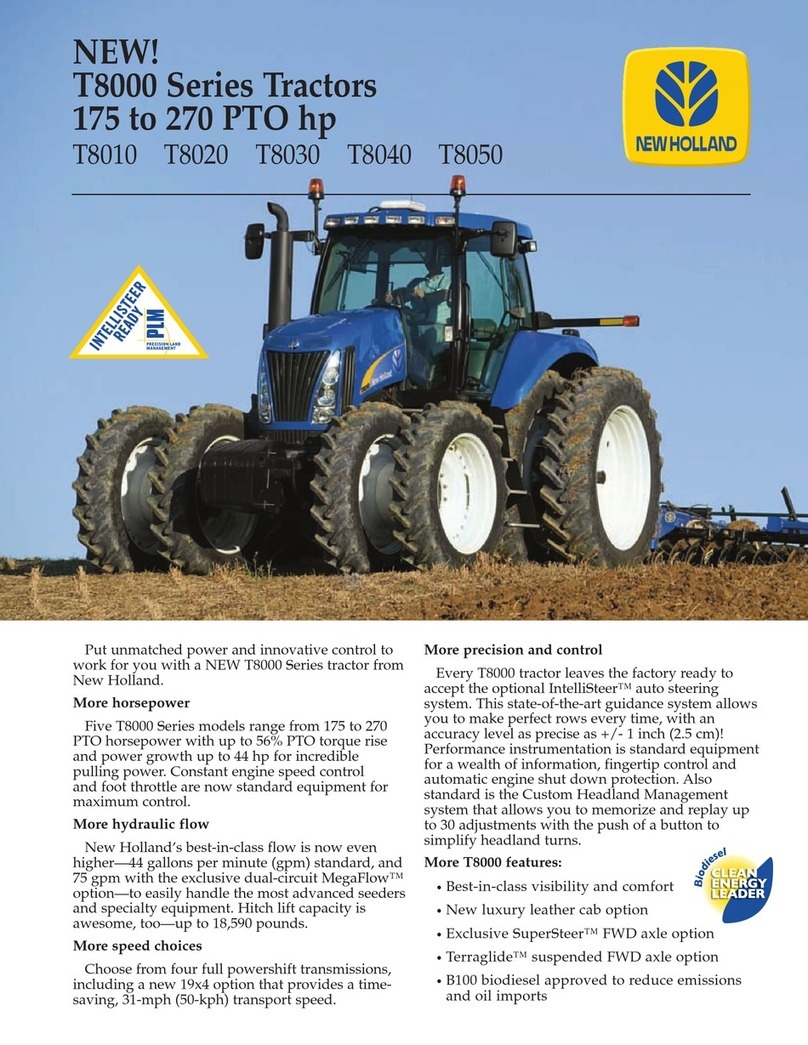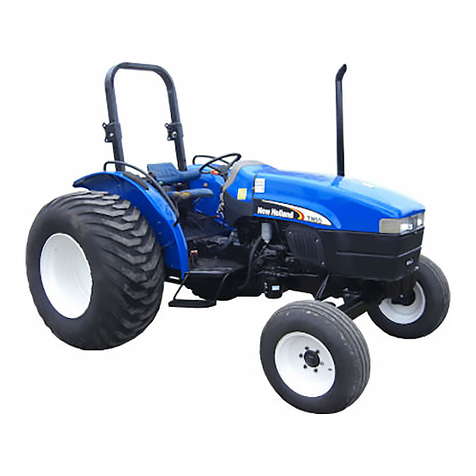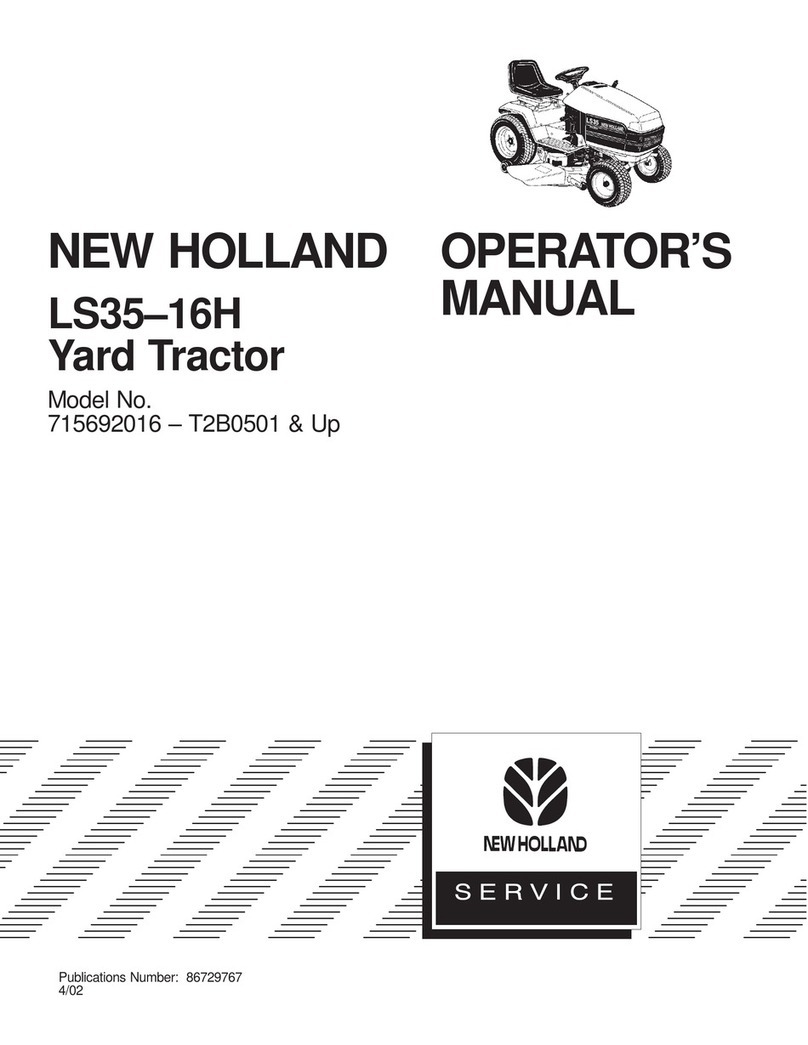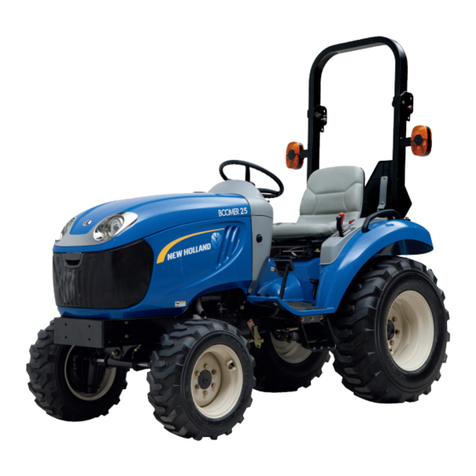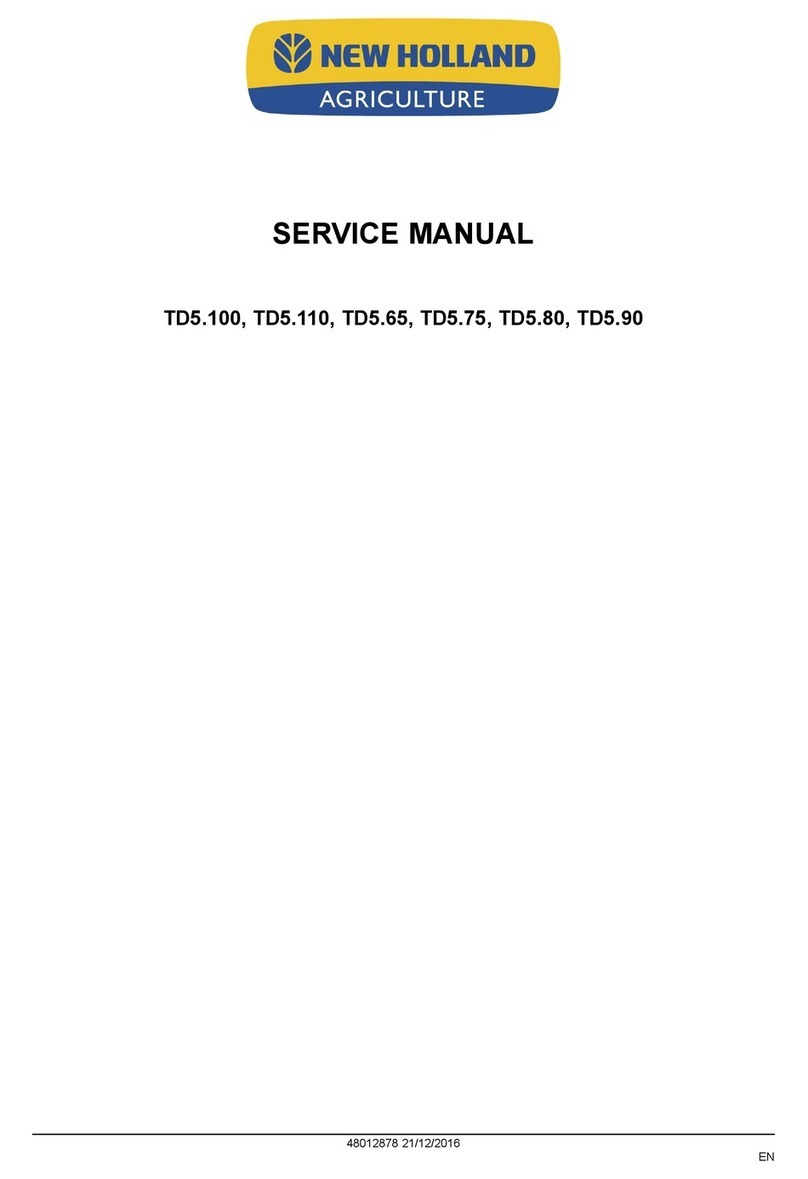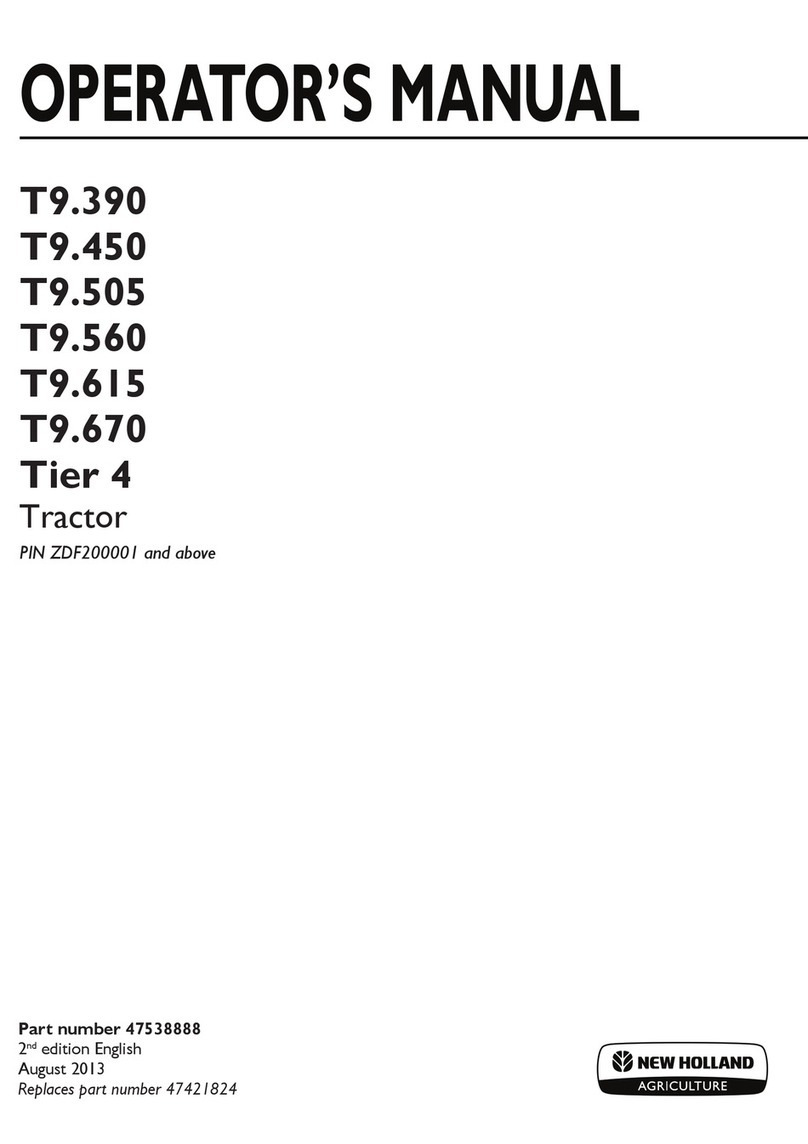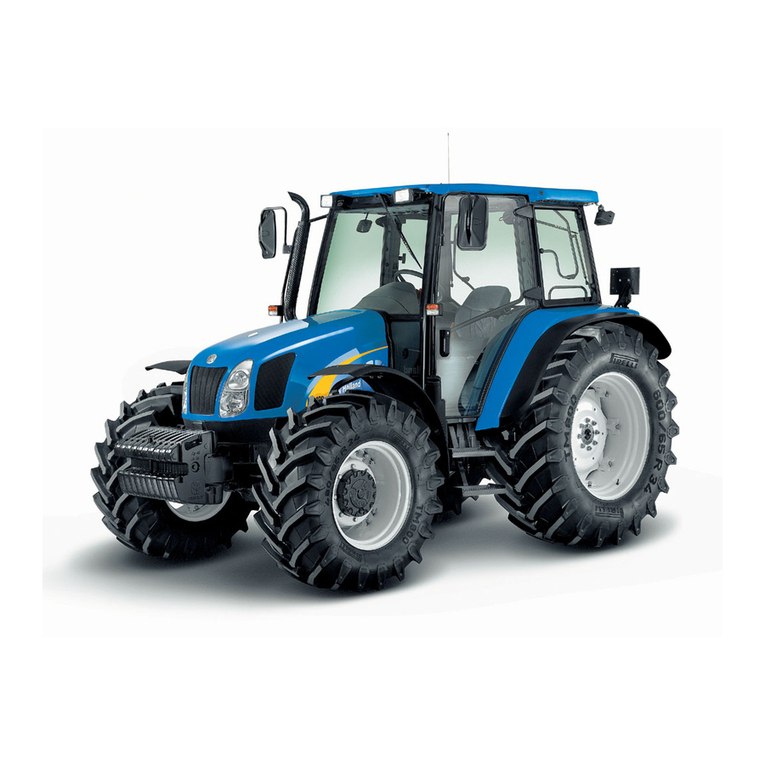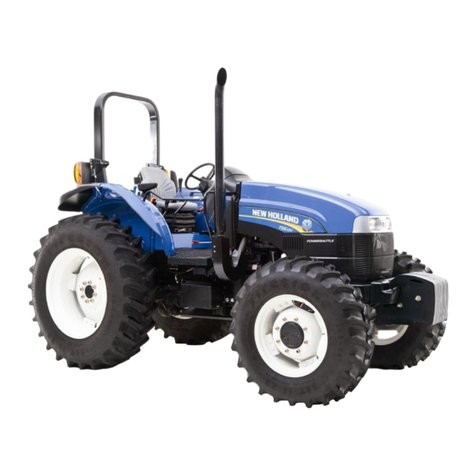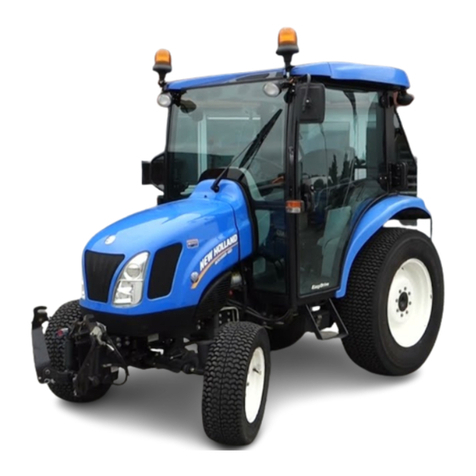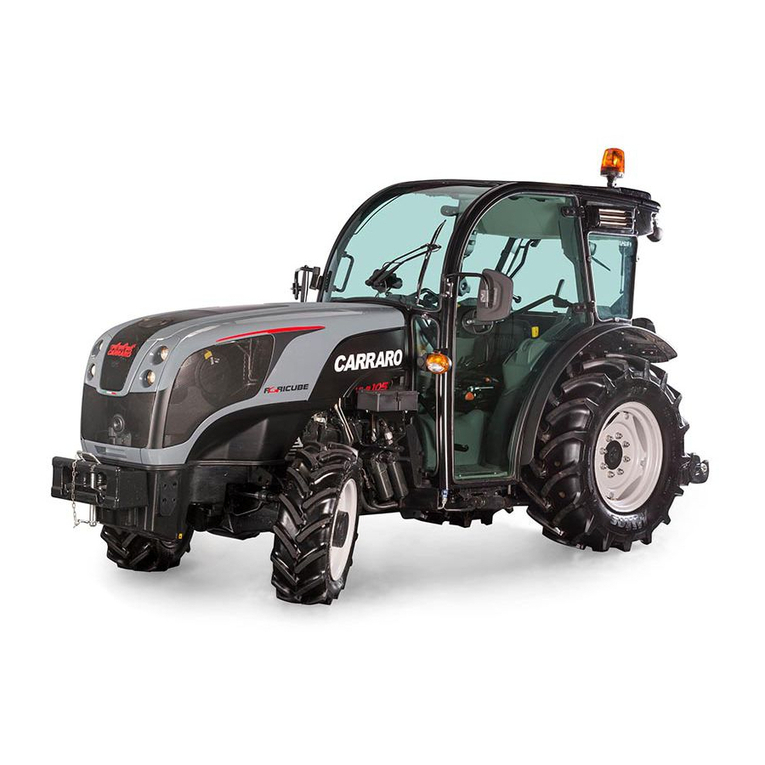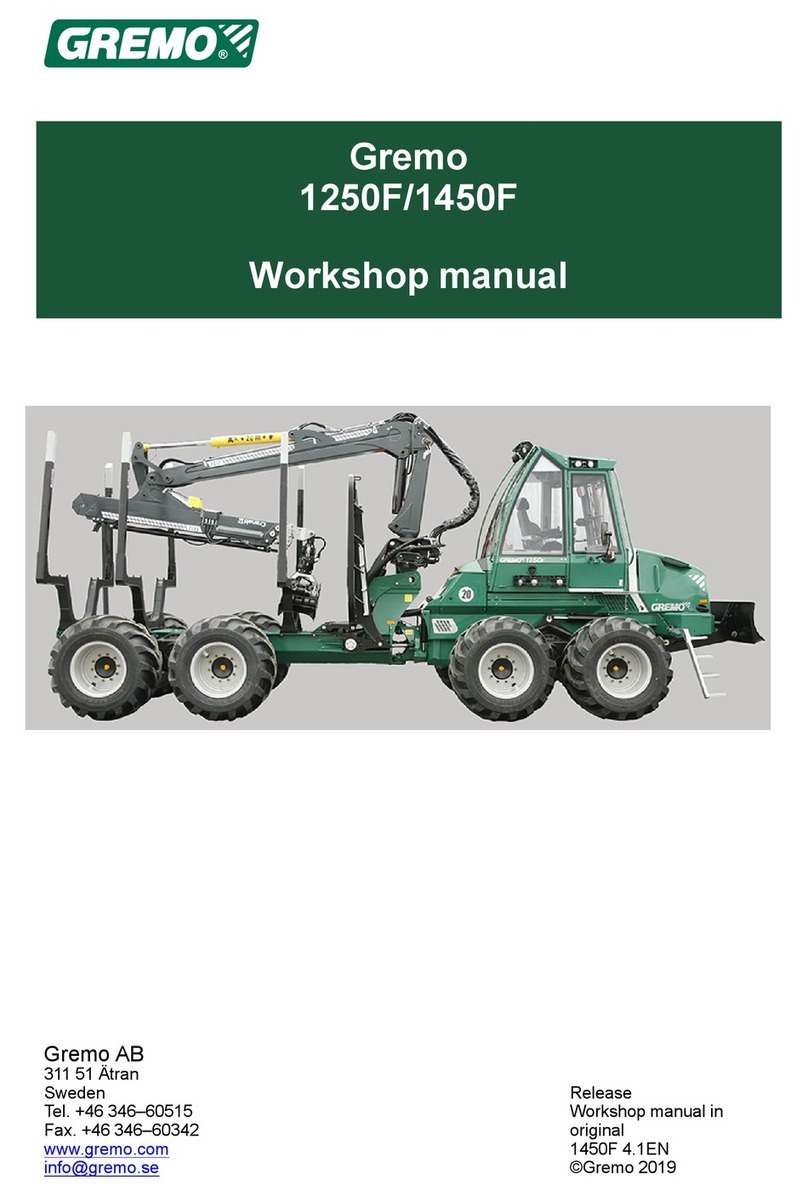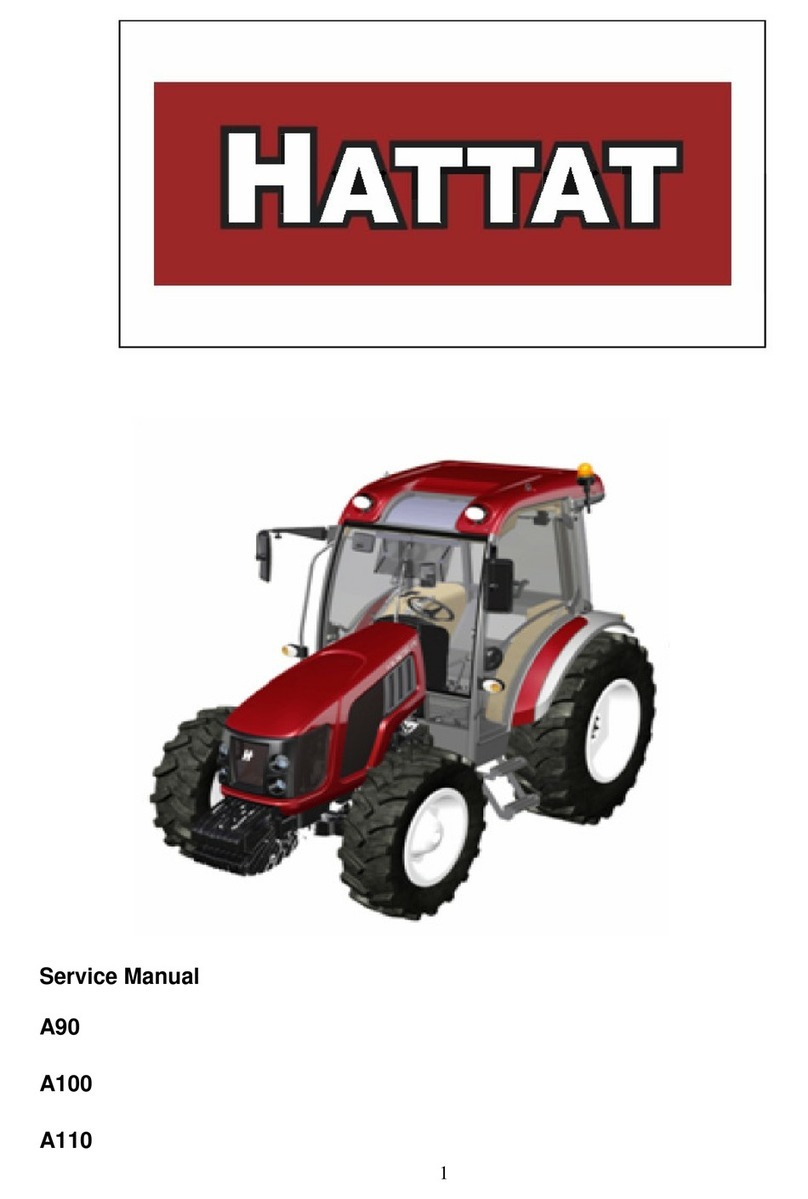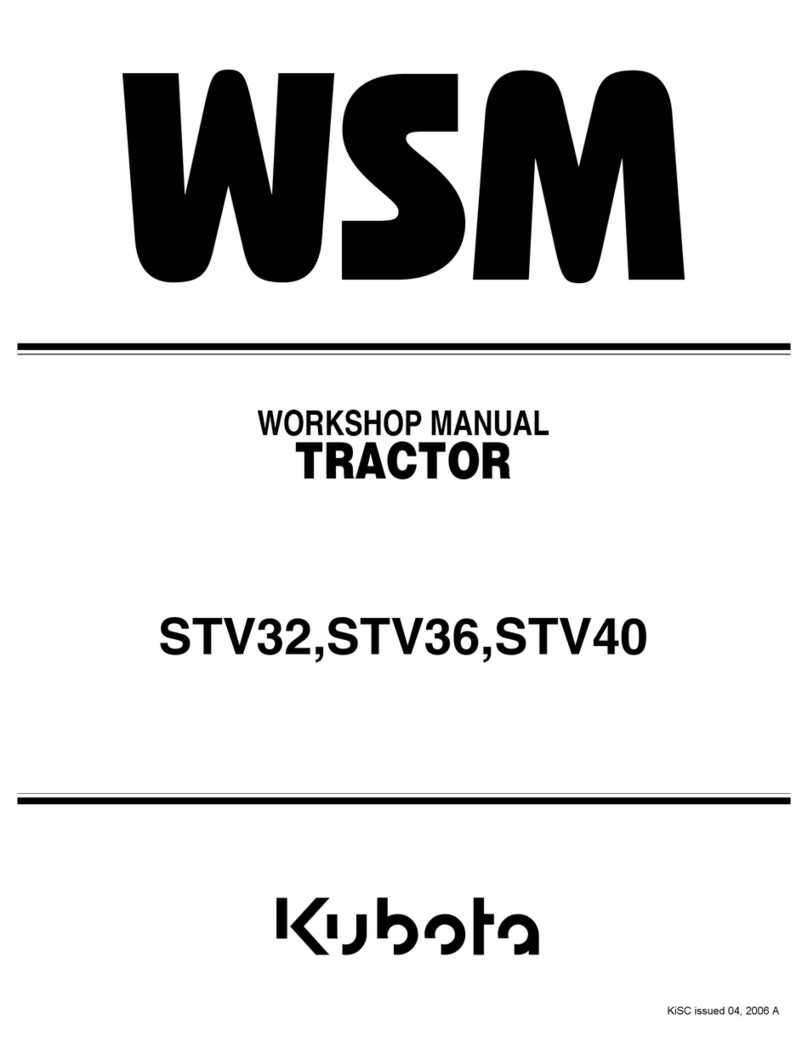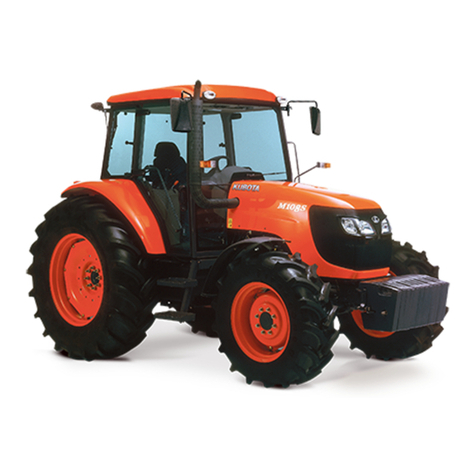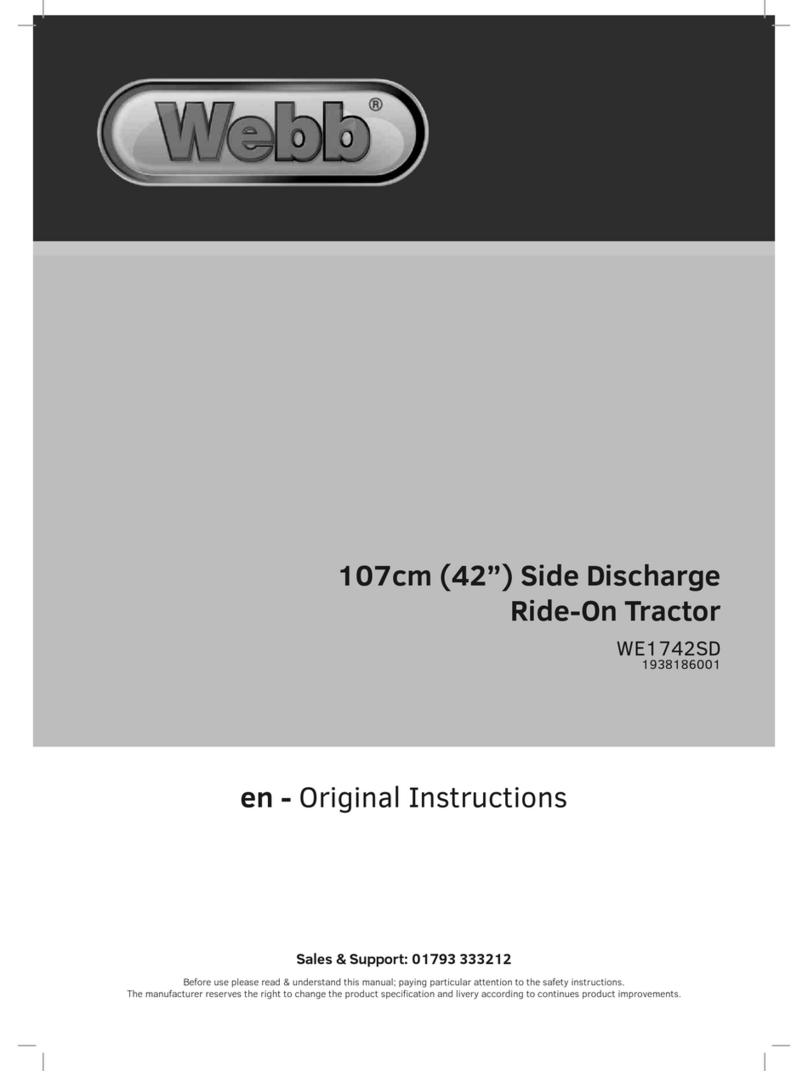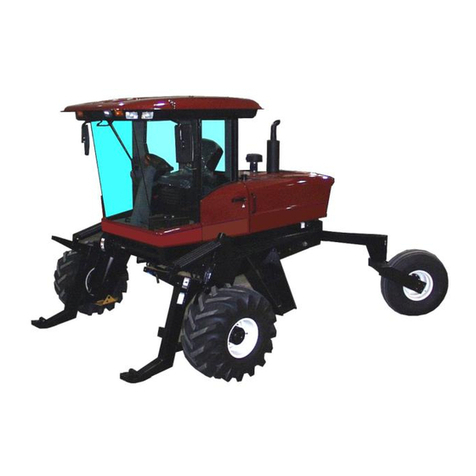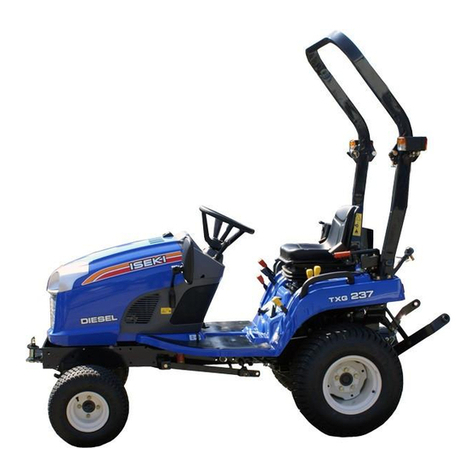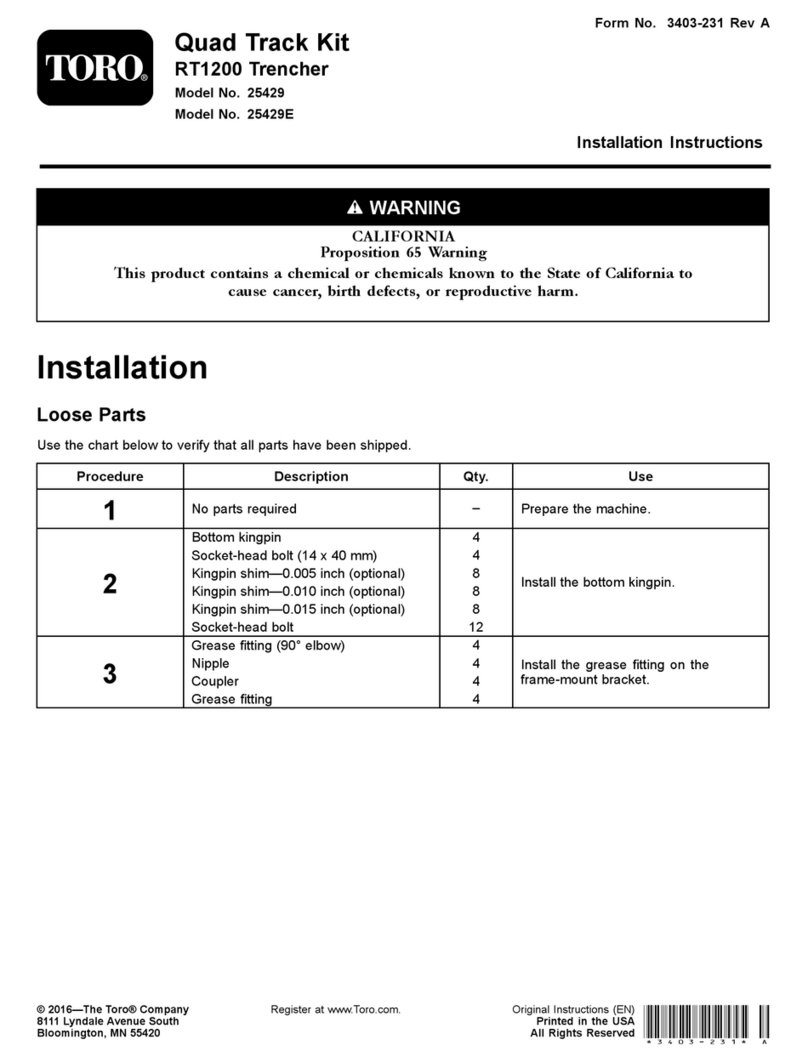
ACIDS AND ALKALIS -see Battery acids,
e.g. caustic soda, sulphuric acid.
Used
in
batteries and cleaning materials.
Irritant and corrosive to the skin, eyes, nose
and throat. Causes burns.
Avoid splashesto the skin, eyes andclothing.
Wearsuitable protective gloves and goggles.
Can destroy oridnary protective clothing. Do
not breathe mists.
Ensure access to water and soap is readily
available for splashing accidents.
ADHESIVES AND SEALERS -see Fire
Highly Flammable, Flammable, combustible.
Generally should be stored in "No Smoking"
areas; cleanliness and tidiness
in
use should
be observed, e.g. disposable paper covering
benches; should be dispensed from applica-
tors where possible; containers, including
secondary containers, should be labelled.
Solvent based Adhesives/sealers -See
Solvents.
Follow manufacturers instructions.
Water based Adhesives/Sealers
Those based on polymer emulsions and rub-
ber lattices may contain small amounts of
volatile toxic and harmful chemicals. Skin
and eye contact should be avoided and ade-
quate ventilation provided during use.
Follow manufacturers instructions.
Resin based Adhesives/Sealers -e.g.
epoxide and formaldehyde resin based.
Mixingshouldonlybe carried out
in
wellventi-
lated areas as harmful ortoxicvolatile chemi-
cals may be released.
Skin contact with uncured resins and har-
deners can result
in
irritation; dermatitis and
absorption of toxic or harmful chemicals
through the skin. Splashes can damage the
eyes.
Provide adequate ventilation and avoid skin
and eye contact. Follow manufacturers in-
structions.
Anaerobic, Cyanoacrylate and other
Acrylic Adhesives
Manyare irritant, sensitizing orharmful to the
skin. Some are eye irritants.
2
Skin and eye contact should be avoided and
the manufacturers instructions followed.
Cyanoacrylate adhesives (super-glues)
must not contact the skin
or
eyes. If skin or
eye tissue is bonded coverwith a clean moist
padandgetmedical attention.
do
notattempt
to pull tissue apart. Use in well ventilated ar-
eas as vapours can cause irritation of the
nose and eyes.
For
two-pack
systems see Resin based ad-
hesives/sealers.
Isocyanate (Polyurethane) Adhesives/
sealers -see Resin based Adhesives.
Individuals suffering from asthma
or
respira-
tory allergies should not work with or near
these materials as sensithdty reactions can
occur.
Anyspraying shouldpreferablybecarried out
in
exhaust ventilated booths removing
vapours and spray droplets from the breath-
ing zone. Individuals working with spray ap-
plications should wear supplied air respira-
tors.
ANTIFREEZE -see Fire, Solvents e.g.
lsopropanol, Ethylene Glycol, Methanol.
Highly Flammable, Flammable, Combustible.
Used
in
vehicle coolant systems, brake air
pressure systems, screenwash solutions.
Vapours given off from coolant antifreeze
(glycol) arise only when heated.
Antifreeze may be absorbed through the skin
in
toxic or harmful quantities. Antifreeze if
swallowed is fatal and medical attention must
be found immediately.
ARC WELDING -see Welding.
ASBESTOS -see Brake and Clutch
Linings and Pads.
BATTERY ACIDS -see Acids and Alkalis.
Gases released during charging are explo-
sive. Neveruse nakedflames orallowsparks
near charging or recently charged batteries.
BRAKE AND CLUTCH FLUIDS
(Polyalkylene Glycols) -see Fire.
Combustible.
Splashes to the skin and eyes are slightly irri-
tating. Avoid skin and eye contact as far as
possible. Inhalation ofvapourhazards
do
not
Find manuals at https://best-manuals.com
